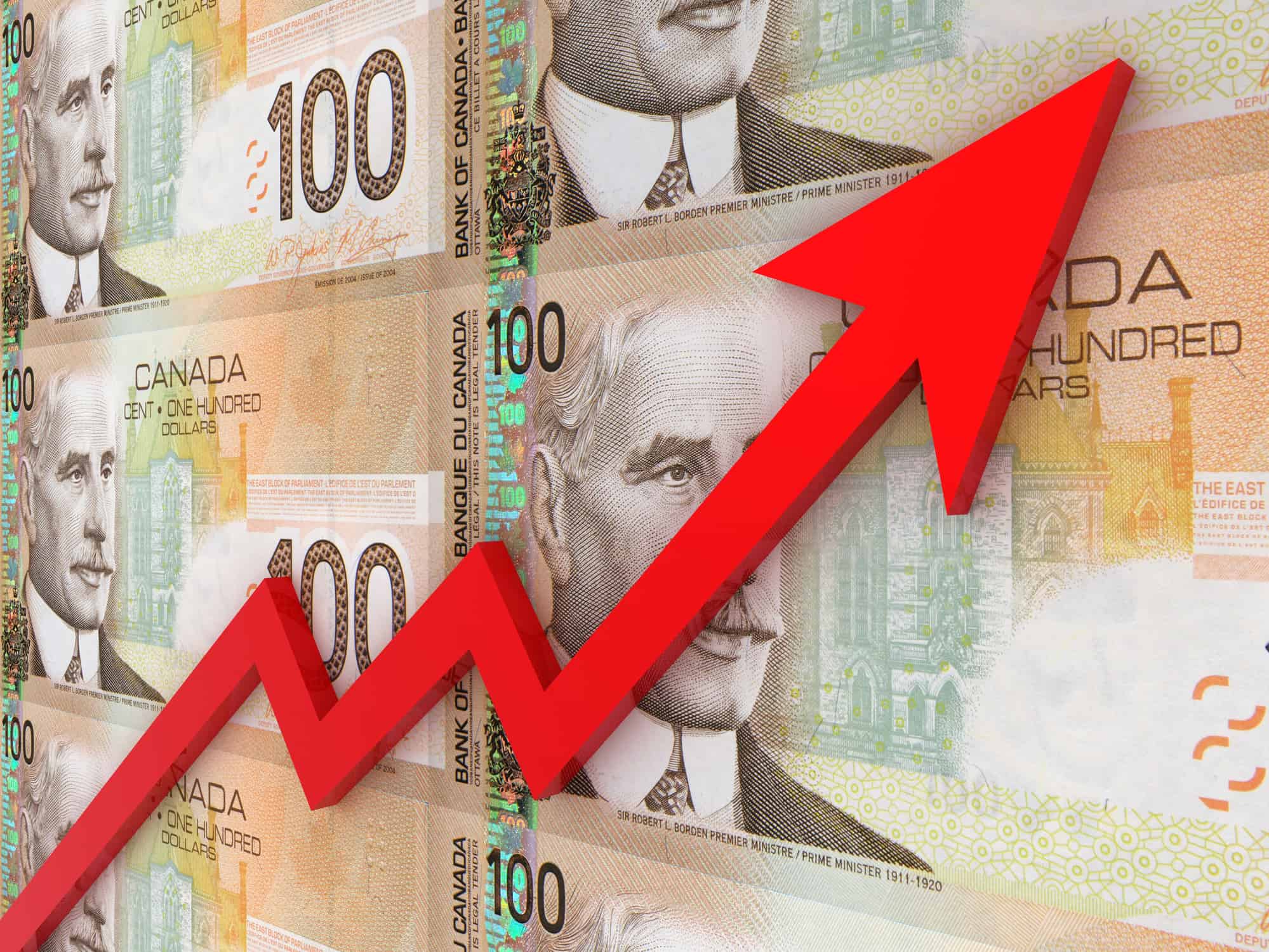Earning $500 every month in passive income might not sound like a windfall, but it’s a sum brimming with possibilities. Imagine the potential it unlocks: a couple of nice dinners out each month, an extra treat for yourself, covering a car payment or insurance, or even setting the stage for a relaxing weekend getaway.
To achieve this goal, I advocate for a strategy that combines the advantages of an exchange-traded fund (ETF) with the tax efficiency of a Tax-Free Savings Account (TFSA). Why this combination?
First, investing in ETFs within a TFSA allows your dividends to grow tax-free, maximizing your investment returns. Additionally, many ETFs pay out dividends monthly, providing a steady stream of income, in contrast to the quarterly payouts common with individual dividend stocks. Moreover, ETFs come with built-in diversification, reducing your investment risk by spreading it across multiple assets.
Here’s an overview of my two preferred ETFs for generating passive monthly income and the investment needed to reach the $500 monthly income target.
Hamilton ETFs has the right tools for the job
For those seeking passive income, Hamilton ETFs offer two options: Hamilton Enhanced U.S. Covered Call ETF (TSX:HYLD) and Hamilton Enhanced Multi-Sector Covered Call ETF (TSX:HDIV).
HYLD targets the U.S. market, aiming to replicate the sector composition of the S&P 500. HDIV focuses more on the Canadian market, with a goal to mirror the S&P/TSX 60.
The investment strategy of both HYLD and HDIV involves holding a diverse portfolio of other Hamilton-covered call ETFs. Covered call ETFs employ a strategy where call options are written against a portion of the portfolio’s holdings, essentially exchanging upside potential for immediate income.
While this approach may limit the potential for share price growth during bullish market phases, it produces above-average monthly yields, providing a steady income stream for investors. This feature is particularly appealing to those prioritizing income generation over capital appreciation.
To enhance returns further, both HYLD and HDIV employ a strategy of borrowing cash on margin to achieve 1.25 times, or 25%, leverage. This leverage amplifies both the returns and the yield of the ETFs, albeit at the cost of increased risk.
However, investors should be aware that while leverage can boost returns during favourable market conditions, it can also magnify losses when markets decline. It’s no free lunch!
Both ETFs distribute dividends on a monthly basis, making them ideal for investors seeking regular income. As of March 12, the annual yields stand at 12.07% for HYLD and 11.39% for HDIV.
How much to invest for $500 in monthly income
Assuming HYLD’s most recent March 7th monthly distribution of $0.131 per share and the current share price at the time of writing of $13.14 remained consistent moving forward, an investor looking for $500 of monthly income would need to buy this much HYLD:
| COMPANY | RECENT PRICE | NUMBER OF SHARES | DIVIDEND | TOTAL PAYOUT | FREQUENCY |
| HYLD | $13.14 | 3,817 | $0.131 | $500.03 | Monthly |
3,817 shares of HYLD at its current price of $13.14 per share works out to an investment of $50,155.38
Assuming HDIV’s most recent March 7th monthly distribution of $0.151 per share and the current share price at the time of writing of $16.31 remained consistent moving forward, an investor looking for $500 of monthly income would need to buy this much HDIV:
| COMPANY | RECENT PRICE | NUMBER OF SHARES | DIVIDEND | TOTAL PAYOUT | FREQUENCY |
| HDIV | $16.31 | 3,312 | $0.151 | $500.11 | Monthly |
3,312 shares of HDIV at its current price of $16.31 per share works out to an investment of $54,018.72.








